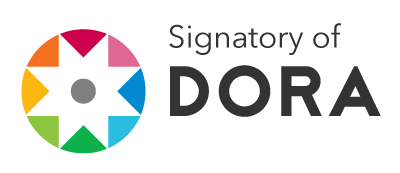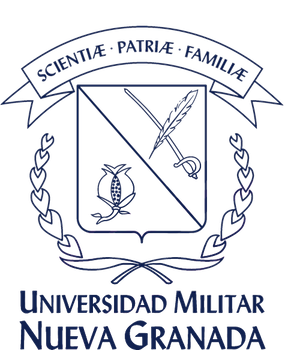Submissions
Submission Preparation Checklist
As part of the submission process, authors are required to check off their submission's compliance with all of the following items, and submissions may be returned to authors that do not adhere to these guidelines.- The article is original, has not been published or submitted to other journals or conferences.
- The theme, the typology and the language correspond to the current call for paper (See announcements section).
-
I certify that all the authors of this article are added to the OJS and I am aware that afterwards I cannot add more.
- Long as it is possible, URLs are provided for references.
- The text brings the stylistic and bibliographic conditions included in guidelines for the author / a, in About the Journal.
Copyright Notice
Os autores / as publicações que têm esta revista aceitar os seguintes termos:
- Os autores/as preservar direitos de autor e garante que a revista tem o direito de primeira publicação de sua obra, que será, simultaneamente, sujeito à com uma Licença Creative Commons Atribuição-NãoComercial-SemDerivações 4.0 Internacional, que permite que outras pessoas compartilhem o trabalho, desde que o seu autor é indicado e sua primeira publicação nesta revista. Você não pode obter qualquer benefício comercial. Você não pode criar obras derivadas.
- O autor/s pode levar outros acordos de licença de distribuição não exclusivos da versão do trabalho publicado (p ex:.. Colocá-lo em um Telematic institucional arquivo ou publicá-lo em um volume monográfico) desde o lançamento inicial indicada nesta revista.
- Ele permite e encoraja os autor/s divulgar seu trabalho através da Internet (p ex:.. Arquivos institucionais telemáticos ou em seu site), antes e durante o processo de submissão, que podem produzir trocas interessantes e aumentar os compromissos do trabalho publicado. (Veja O Efeito do Acesso Livre).
Privacy Statement
The names and email addresses entered in the Ciencia e Ingeniería Neogranadina journal will be used exclusively for the purposes stated in it and will not be provided to third parties or used for other purposes.











